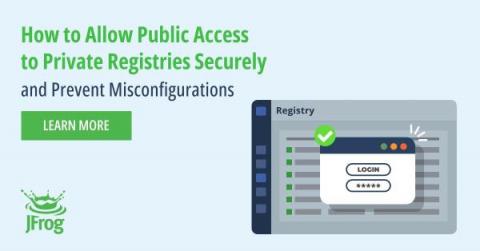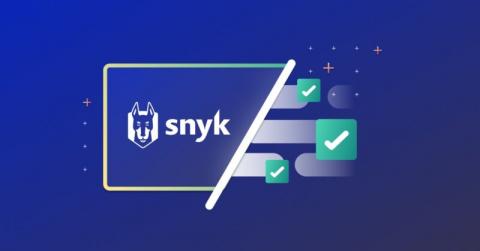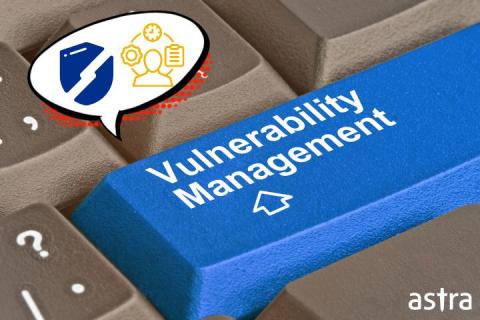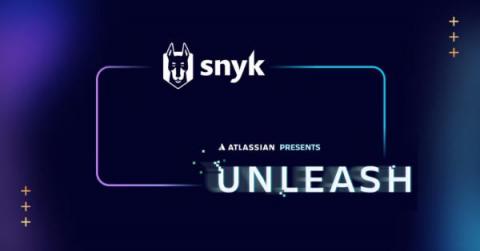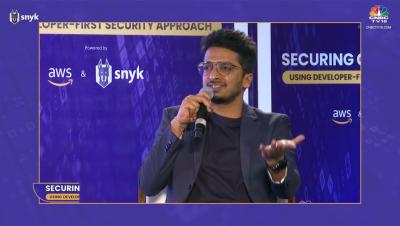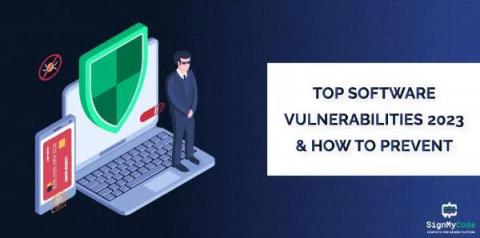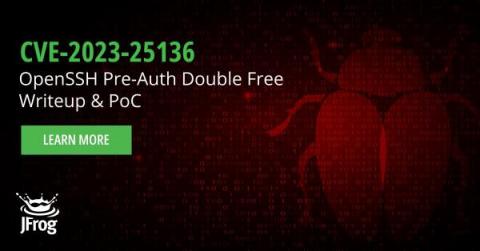Security | Threat Detection | Cyberattacks | DevSecOps | Compliance
Vulnerability
Prevent Inadvertent Software Supply Chain Exposures When Allowing Public Access to Private Registries
At JFrog, we’re serious about software supply chain security. As a CVE Numbering Authority, our JFrog Security Research team regularly discovers and discloses new malicious packages and vulnerabilities posing a threat to development organizations. We know that in order to deliver trusted software on demand, you must have a secure software supply chain — making security a priority in everything we do.
CSPRNG: Random algorithms need security too!
If I throw a coin high up in the air, I know the outcome — it will either be heads or tails. However, I can’t predict which it will be. I will certainly be able to guess with a 50% chance, but I can’t be 100% certain. If I were to roll a die, my certainty becomes less (1 in 6). However, I still know what the output could be. Computers are great at many things, especially predictability. They are deterministic and creating a truly random number is impossible.
Vulnerability Management Software Comparison: Top 10 Tools
Vulnerability Management refers to the systematic approach to the identification, classification, and remediation of vulnerabilities across various cyber systems.
Snyk and Atlassian deepen partnership with Snyk security in Jira Software
Our long-standing partnership with Atlassian is built on our mutual commitment to providing a great developer experience. It started with our native integration within the Bitbucket Cloud UI, and today we’re incredibly excited to announce yet another new door opening in our partnership. The new Snyk integration for Jira Software will bring security and collaboration to Atlassian users at every stage of the development lifecycle.
Explanation of Zero-Day in 3 seconds!
How Does Indiaassetz use AWS & Snyk?: Securing Cloud & Apps With a Developer-First Approach
How to Identify and Prevent the Top Software Vulnerabilities in 2023?
Software is an intricate part of our lives, with its presence in nearly every device and aspect of technology. However, the software can also be vulnerable to malicious threats, given that the code within it can contain flaws. As a result, software vulnerability has been on the rise over the years and is likely to continue increasing in 2023. Organizations and businesses alike need to remain proactive about their security measures when it comes to their systems, software, and data management.
OpenSSH Pre-Auth Double Free CVE-2023-25136 - Writeup and Proof-of-Concept
OpenSSH’s newly released version 9.2p1 contains a fix for a double-free vulnerability. Given the severe potential impact of the vulnerability on OpenSSH servers (DoS/RCE) and its high popularity in the industry, this security fix prompted the JFrog Security Research team to investigate the vulnerability. This blog post provides details on the vulnerability, who is affected, and a proof-of-concept to trigger it causing a Denial of Service (DoS).



